What is capital expenditure?
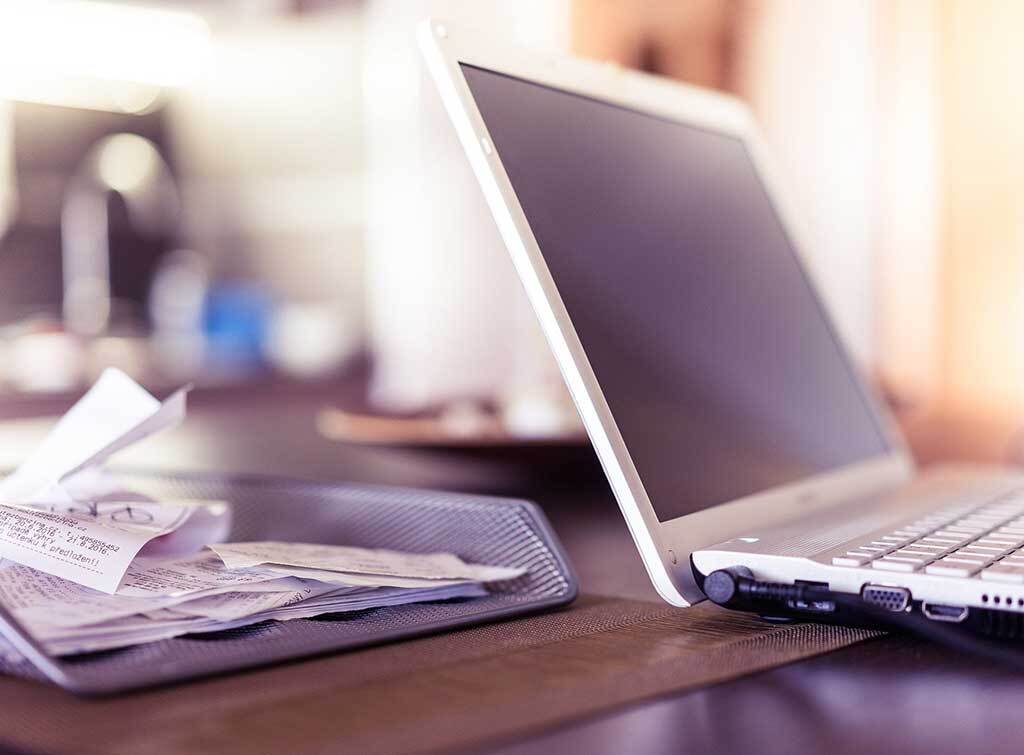
Running a business without a building, office, vehicle or equipment would be hard. Capital expenditure is the cost of buying these essential types of business assets. To be a capital expense you usually need to own the asset and keep it for several years.
Why is capital expenditure important?
Capital expenditure is an investment in growing your business. It is the cost of buying key assets you need to carry out your trade. You can use tax allowances available for this type of expenditure to reduce your tax bill.
What are examples of capital expenditures?
Capital expenditures vary depending on your trade. Some capital assets are similar for all trades while others are more specialised.
Most capital assets are physical, so you can see and touch them. Others are called intangible. They’re intangible because you can’t see or touch them, like software licences, trademarks and patents.
Here are some of the main types of capital expenditure:
Equipment and machinery
These are the essentials for carrying out your work. They can be expensive and are usually significant business purchases.
Vehicles
Vans, lorries and cars are vital business assets and are typically owned for long periods.
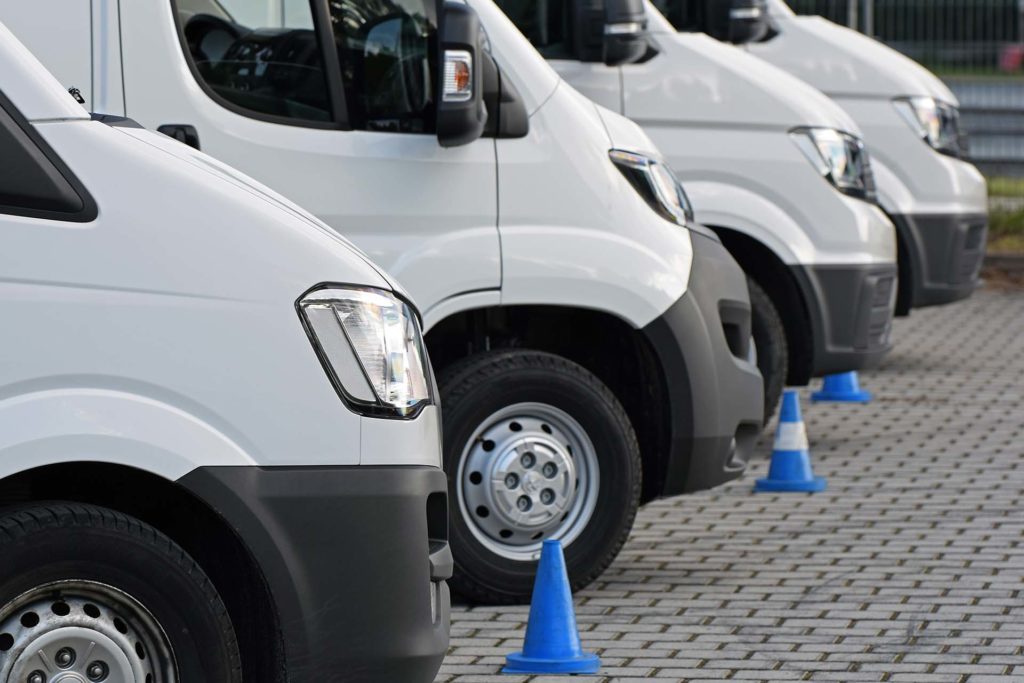
Office fittings
Desks, tables, chairs, filing cabinets and other office furniture come under this category. They are often called fixtures and fittings. Capital expenses also include fire alarms and extinguishers, air conditioning, CCTV and security systems.
Computer equipment
Most offices (including home offices) probably use printers, business landline and mobile phones. Computers, laptops and smart devices are also capital expenditures.
Property
If you own or lease a building to run your business then the purchase cost is typically treated as capital expenditure. The costs of converting a room in your home into an office are capital expenses.
Repairs to equipment
Certain repairs to machinery and equipment that extend their useful life can be capital expenditures. For buildings, alterations that improve the building are also usually capital expenses.
Intangible assets
These assets are not physical but they are needed by the business. They include computer software licences. Costs for registering a trademark also count as capital expenditures.
Training costs
In some circumstances, certain training costs for business owners or partners are capital expenditures. The training must be ‘wholly and exclusively’ for business purposes. It must also be for learning new skills or expertise.
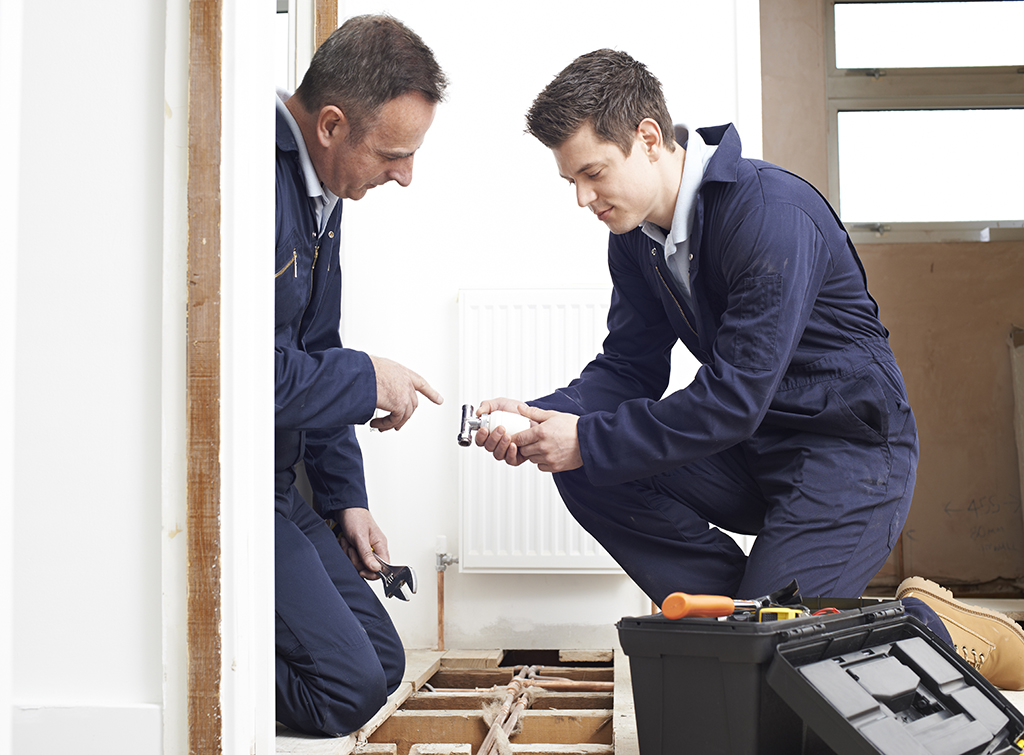
What isn’t a capital expense?
There’s an important distinction between capital expenditure to buy business assets and day-to-day operational costs relating to them.
Repairs and maintenance
These include the running costs, cleaning and looking after plant, machinery, equipment and vehicles. Similarly, the costs of maintaining a property are generally not capital expenses.
Equipment with a low value
Smaller items like tools that wear out quickly and are replaced regularly tend not to be capital expenditures. These types of equipment are often referred to as consumables.
Leased equipment
Capital expenditure usually has to be on things your business owns. Assets on lease contracts don’t count. They are ‘rented’ and given back at the end of an agreed period.
Using your home as an office
Costs associated with running a home office will be treated as business expenses.
Get help managing your company finances
Checkatrade members get an exclusive deal with Powered Now
Tell me moreKeep accurate records of your capital expenditure
It’s important to keep records of your capital expenditure. This provides proof that you are the legal owner of the assets. It also helps you remember to maintain and service capital assets properly to prolong how long they can be used for business purposes.
Deciding whether your expenses are capital expenditures or general business expenses can be complex. Accurate records should make it easier. For example, an invoice for buying a laptop could include the device, software packages, a carrying case and a warranty. Some of these costs may be capital expenditures and some business expenses.
Capital allowances
Capital allowances are a type of tax relief. They allow you to reduce your tax bill based on your capital expenditure. The capital allowance rates vary depending on the type of business asset.
Some capital allowances allow you to deduct the full cost of items like plant, machinery and vehicles from your profits before the tax due is worked out. Generally, plant and machinery capital allowances are at 18% of their cost or a lower rate, depending on the type of asset.
Accounting for capital expenditure
In a limited company, capital expenditure needs to be declared on a balance sheet. Repair and maintenance costs of capital assets are business expenses that go in the profit and loss account. Limited companies need to calculate depreciation on their capital expenditure items.
Sole traders and partnerships should also keep a record of their capital expenditure. This helps them to claim the right amounts of capital allowances.
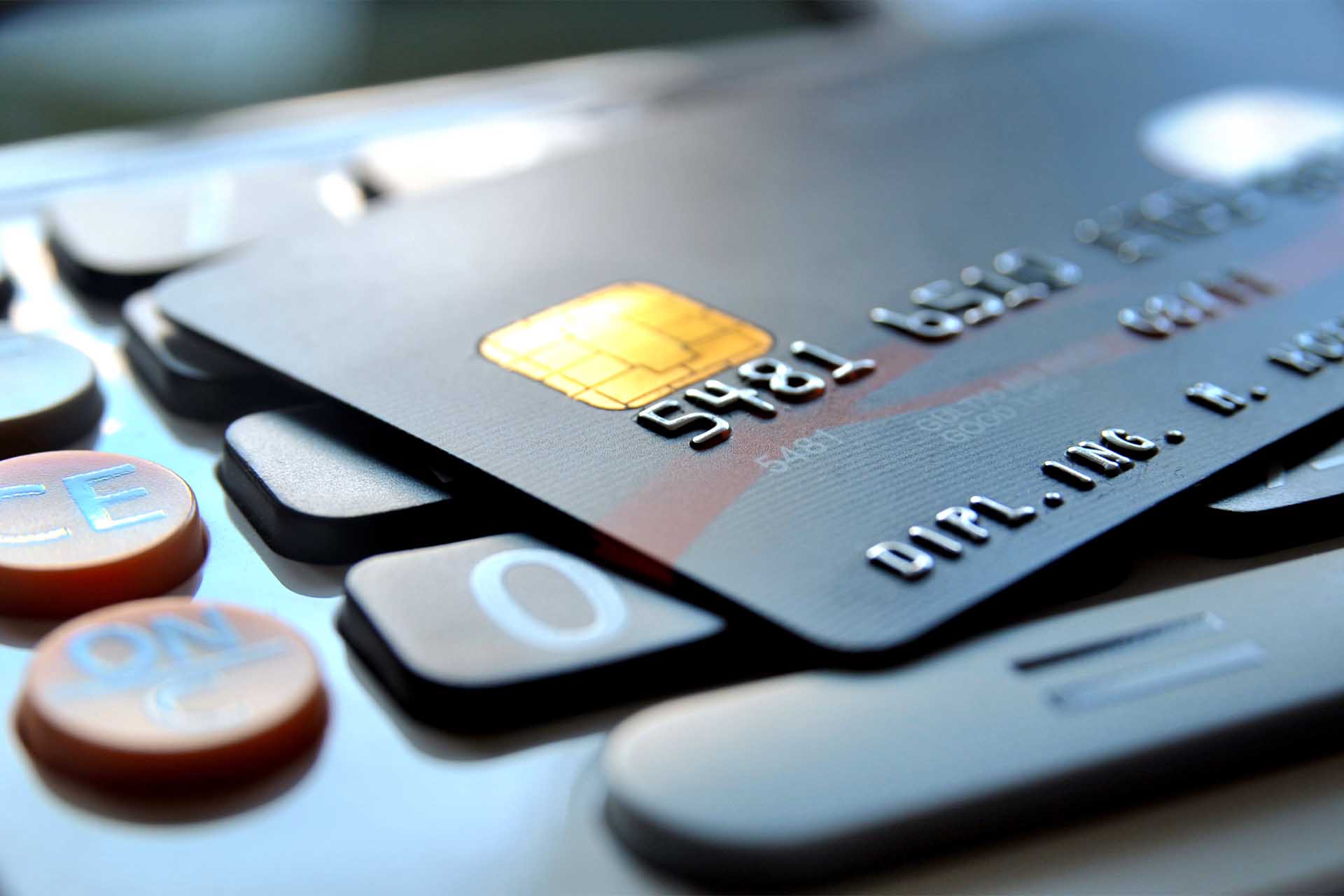
Key takeaways
- Capital expenditures are the costs of buying assets you need to run your business
- Capital expenditure items include machinery, equipment, vehicles, office equipment, computers and property
- You generally need to own the business assets and keep them for several years
- Repairs to a business asset may be capital expenditure if it prolongs its life
- You can claim capital allowances on capital expenditure to reduce your tax bill
Ready to take your business to the next level?
We can help to get you there
DISCLAIMER
This is information – not financial advice or recommendation. The content and materials featured or linked to on this blog are for your information and education only and are not intended to address your particular personal requirements. The information does not constitute financial advice or recommendation and should not be considered as such. Checkatrade website is not regulated by the Financial Conduct Authority (FCA), its authors are not financial advisors, and it is therefore not authorised to offer financial advice.
Always do your own research and seek independent financial advice when required. Any arrangement made between you and any third party named or linked to from the site is at your sole risk and responsibility. Checkatrade blog and its associated writers assume no liability for your actions.
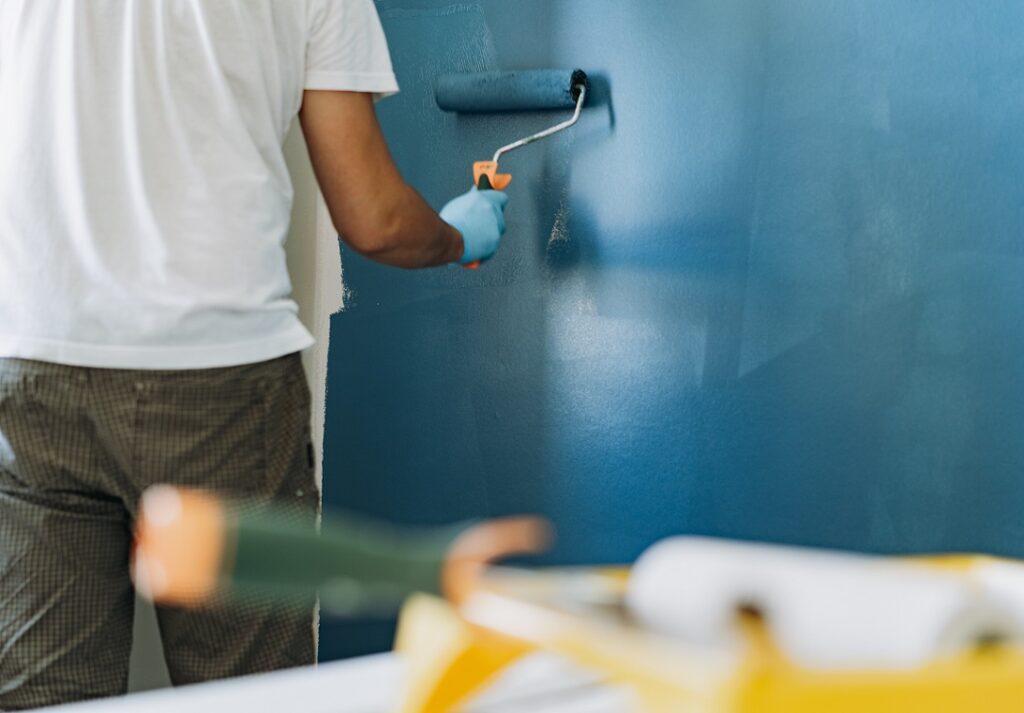
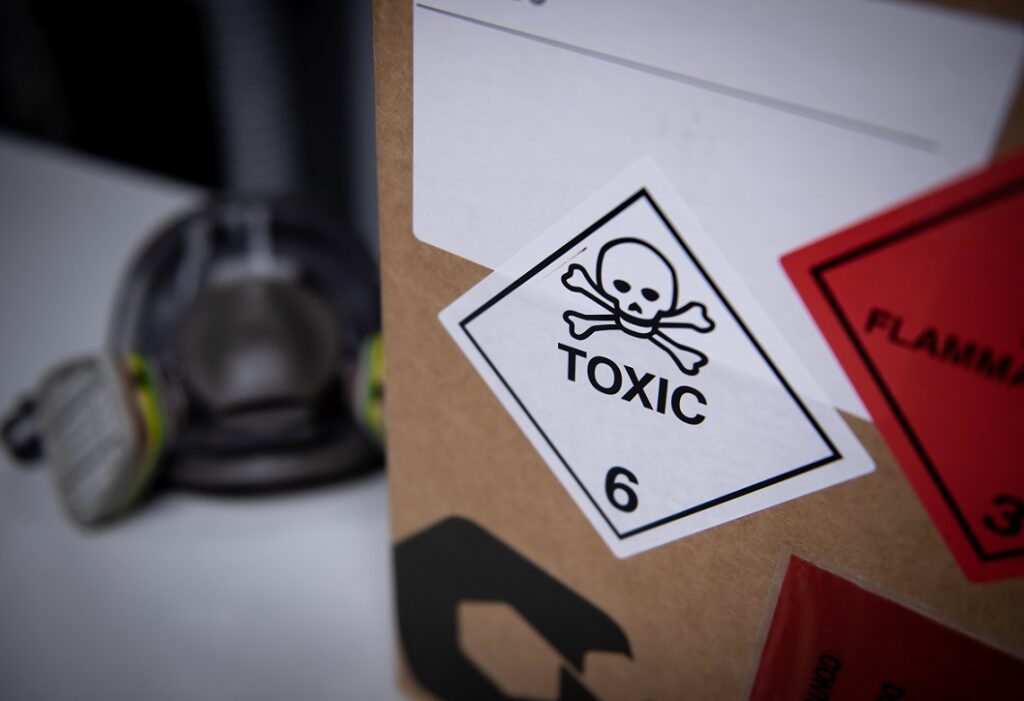
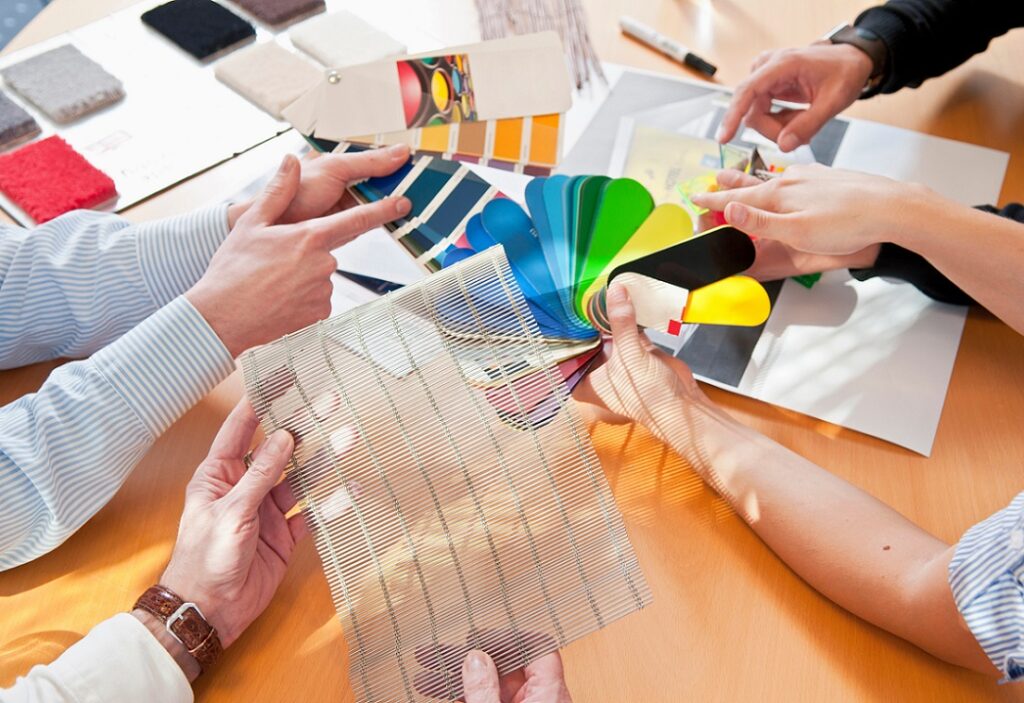
No comments yet!